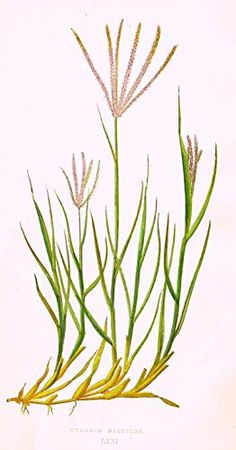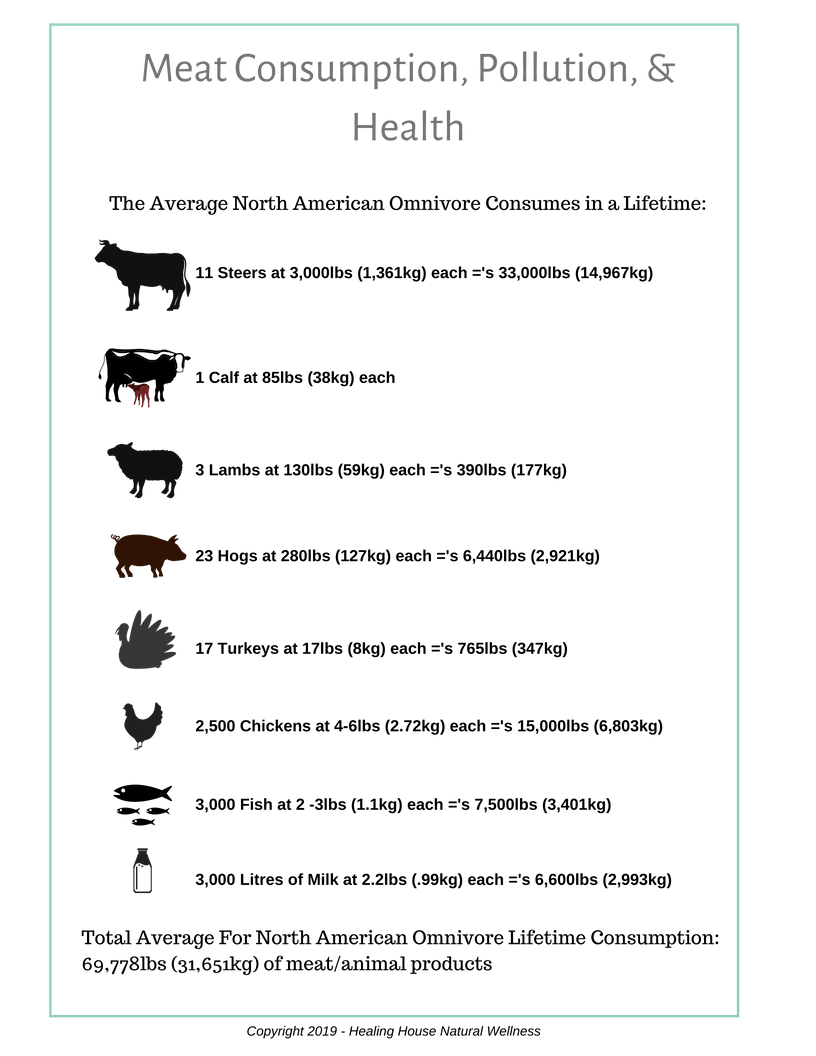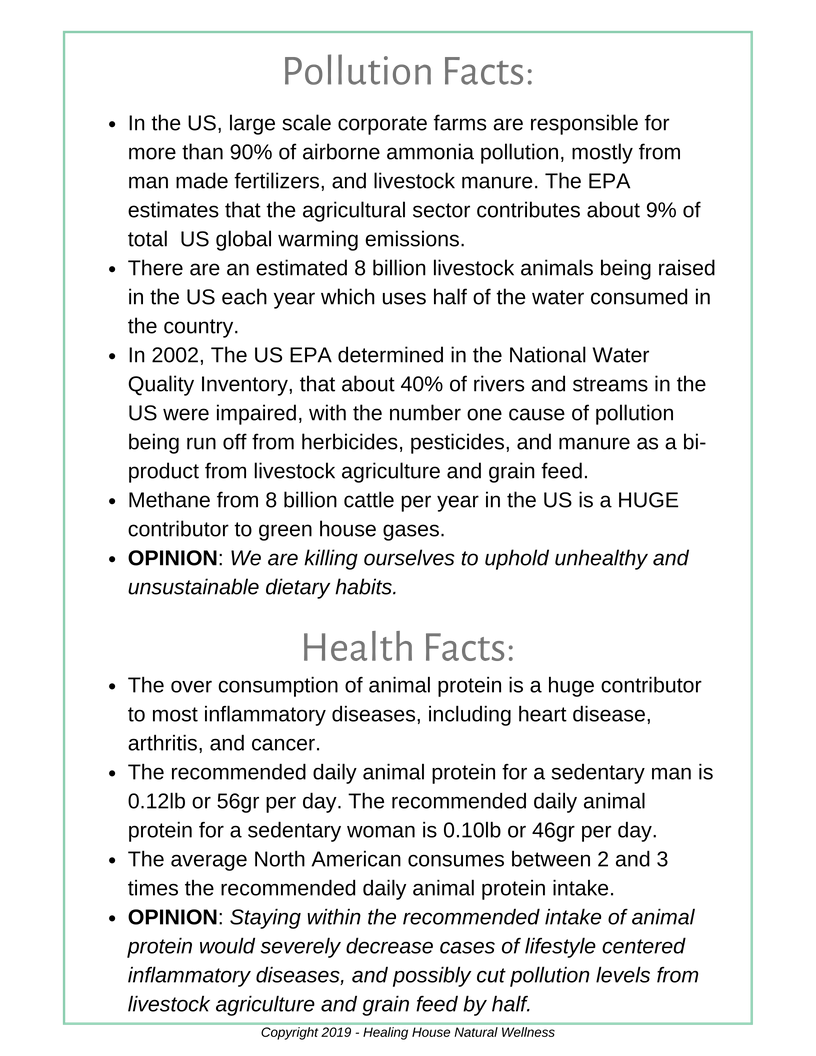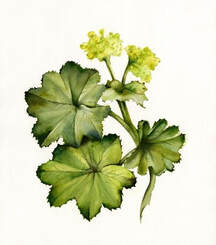nettle seed. I've found these two together to be quite an impressive combination for all things kidney, but specifically in issues with chronic kidney inflammation. I hope you enjoy this little monograph. In health and wellness, - Petra General and Historical Info:
Common Names: Couch Grass, Quack Grass, Cooch Grass, Twitch, Dog Grass, Quick Grass, Durfa Grass, Scotch Quelch, Triticum, Quecke (German), Chiendent (French), Grama (Spanish), Caprinella (Italian). Family: Graminaceae Parts Used: Rhizome (Dried), seeds
Anti-bacterial, Anti-microbial, Diuretic, Demulcent, Tonic Diuretic, Aperient, Catarrhal (General), Anti-Inflammatory, Laxative, Urinary Antiseptic, Nutritive Emollient, Anti-Cholesterol, Remedy for dryness and atrophy, Antibiotic, Uricosuric Chemical Constituents:
What are its Uses?Head, Ears, Eyes, Nose, and Throat:
Integumentary System (Skin):
Respiratory System:
Digestive System:
Excretory System:
Endocrine System (Hormones):
Cardiovascular System:
Circulatory System:
Immune/Lymphatic System:
Reproductive System:
Musculoskeletal System:
Herbal PharmacyThe below information is meant as educational and informative only, do not self dose, please see an appropriate practitioner to discuss current issues and any medications you may be taking. Combinations:
Misc:
Max Doses: Max Daily Dose: 3 to 6ml of 1:1 LE (1:1 @ 25%) Max Weekly Dose: 1:1 @ 25% 20 to 40ml Application: Infusion
Further Commentary
Safety Concerns
The above information is copyright to Petra Sovcov - Clinical Herbal Therapist - 2019 Reproduction or distribution of any of the above information in full or part is prohibited without written consent from the author. References:
4 Comments
This week marks my first week teaching at the Institute of Holistic Nutrition in Vancouver. To say I'm excited is an understatement. I was very surprised to receive the invite, and then over the moon with joy when I was told they were interested in having me teach Nutrition and the Environment. In essence, the class focuses on the non-sustainability of our current food system, the massive pollution factors that are involved, and the impacts it has on the environment and human beings. Tonight will be my first session, we will be focusing on the beef industry and agricultural pollution as a whole. When I started doing the research for tonight's lesson, I got the sense of going down the rabbit hole. I was Alice and the deeper I went, the creepier things got. If I were to take only one thing out of the hours of research, it would be that pollution from livestock and grain feed agriculture are mated, and that this broken process exists because either the consumer is not aware of it, it is hidden, or not enough individuals care about the issues that arise from it. I felt so passionate about the info that I found, I though to make a printable available to students and the public which reflects the over-inflated consumption of meat products and its consequences. Of course, I am in no way seeking to start a battle with the beef industry, but I will say that there must be a better way of doing things...and I think that starts with you and me, and putting our money where our beliefs are. After-all, the organic movement didn't start until consumers wanted organics available. Maybe we can now start demanding the humane housing and slaughtering of animals, a reduction in animal protein consumption, and the elimination of harmful herbicides, pesticides, growth hormones, and antibiotics in our foods. I'll leave it to you to decide. I hope you enjoy the print-out
Alchemilla monticolla/vulgaris : |
|||||||||||
| It is always my desire to be certain that clients have their questions answered when they have them. I also feel passionate that individuals ought to have access to information about the herbs they may use. Often times information on the internet is not fully reliable, this is due to opinion and articles written by herbalists who may |
In saying this, here is a bit of information about one of my favorite garden herbs. Lady's mantle is often used in modern times as a beautiful decorative plant, but its past lies in wound healing and female issues.
I hope you enjoy!
- Petra
Often seen as a common decorative plant in gardens in North America and Europe, Lady’s Mantle has a rich and ancient history as a healing herb. It has been used in ancient Arabic culture as a traditional treatment in fertility and has been used in modern times to help balance female sex hormones and to normalize periods while also proving helpful in issues with menopause.
The leaves on this common garden plant are filled with tiny hairs that hold and trap morning dew in much larger droplets, allowing it to pool in the middle. It is said that these infused morning droplets boast much of the plants healing properties and in ancient times, this water was gathered for a myriad of female health issues.
- The common name, Lady’s Mantle (in its German form Frauenmantle), was first bestowed on it by the 16th century botanist, Jerome Bock, also known by the Latinized version of his name: Tragus.
- In the Middle Ages, this plant has been associated, like so many flowers, with the Virgin Mary (hence it is Lady’s Mantle, and not Ladies Mantle), the lobes of the leaves being said to resemble the scalloped edges of a mantle.
- In medieval Latin, we also find it called Leontopodium (lion’s foot), probably from its spreading leaves, thus, in french it has become Pied-de-lion.
- The generic name Alchemilla is derived from the Arabic word, Alkemelych (alchemy), and was bestowed on it, according to some old writers, because of the wonder-working powers of the plant. Others held that the alchemical virtues lay in the subtle influence the foliage imparted to the dewdrops that lay in its leaves and the little cup formed at the center of the plant. These dew drops were often gathered for may mystic “potions”. As we know in modern times, water can be infused with plant constituents in sunlight (as flower essence or sun heated infusion) and so this is likely the science behind the “mystic potions”.
- Lady’s Mantle was once considered one of the best vulneraries or wound herbs, indeed even Culpepper speaks of it:
- “ Lady’s mantle is very proper for inflamed wounds and to stay bleeding, vomitings, fluxes of all sorts, bruises by falls and ruptures. It is one of the most singular wound herbs and therefore highly prized and praised, used in all wounds inward and outward, to drink a decoction thereof and wash the wounds therewith, or dip tents therein and put them into the wounds which wonderfully drieth up all humidity of the sores and abateth all inflammations thereof. It quickly health green wounds, not suffering any corruption to remain behind and cureth old sores, though fistulous and hollow.”
Common Names: Lady’s Mantle, Lion’s Foot, Bear’s Foot, Nine Hooks, Leontopodium, Stellaria
Parts Used: Aerial parts (Dried; harvested May-Aug). Leaves, flowering shoots. Also, roots (topical use).
Actions:
Tonic, Astringent (especially the uterus), Anti-inflammatory, Anti-pyretic, Alterative, Anti-hemorrhagic, Hemostatic, Bitter, Digestive Tonic, Menstrual Regulator, Emmenagogue, Diuretic, Vulnerary, Phyto-estrogenic (meaning plant based estrogen - this statement is inconclusive), Progesteronic ( meaning contains or helps the body to balance progesterone levels - this statement is inconclusive), Sedative, Angioprotective (protective of the heart or cardiovascular system), Drying and Binding (wound herb).
Chemical Constituents:
Tannins:
- Consisting mainly of ellagitannins, including agrimoniin and laevigatiin
Salicylic acid (traces)
Flavonoids:
- Glycosides of quercetin and kaempferol
What are its uses?
Head, Ears, Eyes, Nose, and Throat:
- As a mouth rinse after teeth extractions (gentle rinse, do not swish after tooth extractions).
- Mouth sores (rinse)
- Mouth ulcers (rinse)
- Laryngitis (gargle)
- Conjunctivitis (eye wash) – with caution and as a cooled infusion
- Headache from congested blood which becomes worse before periods
- Bleeding or weeping eczema (topical)
- Sores (topical)
- Wounds (topical)
- Cuts (topical)
- Passive bleeding (topical – root or leaf)
- Bruises (topical)
- Pruritis (severe itching of the skin - topical)
Mental Health:
- For sound and untroubled sleep – traditional European remedy
- Nervousness
- Agitation
- Insomnia
- Mood swings
- For convulsions in children.
Digestive System:
- For acute diarrhea (including infants).
- Loss of appetite
- Peptic Ulcers
- Gastric/Duodenal Ulcers
- Gastroenteritis
- Dysentery
- Internal bleedings
- Colitis with bleeding
- Vomiting
- General inflammation of the gastrointestinal tract
- Hemorrhoids/prolapsed anus/anal fissures (enema – with caution and with combination of other herbs)
- Nausea
- Indigestion
- General inflammation of the urinary tract
Cardiovascular System:
- Strengthening of the heart muscle (inconclusive)
- Hormonal balancer
- Irregular menses (stimulates proper timing and flow)
- Metrorrhagia (abnormal bleeding from the uterus)
- Menorrhagia (periods with abnormally heavy or prolonged bleeding)
- Dysmenorrhea (painful periods)
- Menstrual Cramps – helps reduce pains associated with menstrual periods and ameliorates excessive bleeding.
- Fibroids (abnormal growths that develop in or on a woman’s uterus)
- Endometriosis (a painful disorder in which tissues that normally line the uterus grows outside the uterus)
- Menopause (helps to ease associated symptoms)
- Leucorrhea (douche)
- Vaginal discharge (douche)
- Candida/Yeast(topical wash or douche)
- Inflammations (topical wash or douche)
- Vulva/external vaginal itchiness (cream)
- Increased Fertility (Traditional middle eastern)
- Breast firming (Culpepper and Swiss traditional herbal)
- Uterine astringent – possibly helpful in prolapsed uterus
- Toning the pelvic floor
- Vaginitis
- Rheumatism
Specific Diseases/States/Infections/Viruses/Bacteria:
- Alchemilla has long been used to drive water from tissues that are damp and weak. It is said to strengthen fibers and bring them back together into a more healthy and toned state.
- In its traditional use of pulling tissues together, it has been used in repairing torn eardrums, hernia, muscles, and so forth.
Safety Concerns and Contraindications:
Not to be used in pregnancy, has been used to aid labor.
- No adverse effects expected
- No drug interactions reported
Herbal Pharmacy
Combinations:
- With Trillium for menorrhagia.
- With Vitex for menstrual disorders.
Applications:
Infusion:
- 1 to 2 tsp per cup; infuse 15 min - tid
- 2 to 4 g. tid
- 1:1 @ 25% 2 to 4ml tid
- 1:5 (dried) @ 25% 5ml tid
- 1:2 (fresh) @ 40% 5ml tid
- 1:5 @ 25% 2 to 4ml tid
- 15ml tincture (1:1 or 1:2 with alcohol reduction), 20ml rosewater, 50g base cream or ointment – for vaginal itchiness.
- Powdered Root: 2 to 4 g.
- Use as a strong infusion (tea) and rinse/gargle as needed.
- 2oz to 2-pint hot water; infuse 30 minutes and allow to cool. Strain and use as directed by an appropriate practitioner.
- Use strong infusion, strained of herb, three times daily or as needed.
- 20gtt tincture (1:1 or 1:2 - with alcohol reduction) to 20g cocoa butter molded into suppositories. Ea. Suppository is generally 5g – enough for roughly 4 suppositories.
- Strong infusion (tea), 8 teaspoons to 1 cup boiling water, infuse 15 min and let cool.
- The infusion is best for GIT issues, and tincture for menstrual issues.
The above information is copyright to Petra Sovcov - Clinical Herbal Therapist - 2019
Reproduction or distribution of any of the above information in full or part is prohibited without written consent from the author.
- Medicinal Herbs Quick Reference Guide by Julieta Criollo DNM, CHT – Self Published – Page 112
- Herbal Healing for Women by Rosemary Gladstar – Fireside Publishing New York 1993 – Page 245
- A Modern Herbal by Mrs. M. Grieve – Merchant Book Company Ltd 1973 – Page 462-463
- Medical Herbalism by David Hoffman, FNIMH, AHG – Healing Arts Press Rochester, Vermont 2003 - Page 525
- Herbs for Health and Healing A Drug-Free Guide to Prevention and Cure by Kathi Keville – Rodale Press, Inc. Emmaus Pennsylvania 1996 – Page 163
- Potter’s Herbal Cyclopaedia by Elizabeth M. Willamson BSc., PhD, MRPharmS., FLS-Saffron Walten the C.W. Daniel Company Limited 1998 - Page 255
- Medicinal Plants of the Pacific West by Michael Moore – Museum of New Mexico Press Santa Fe 1993 – Page 291
- The Earthwise Herbal A Complete Guide to Old World Medicinal Plants by Mathew Wood – North Atlantic Books Berkeley, California 2008 – 65-69
- Bartram’s Encyclopedia of Herbal Medicine by Thomas Bartram - Constable and Robinson Ltd. 1998 – Page 262
- The Natural Guide to Medicinal Herbs and Plants by Frantisek Stary – Tiger Books International 1998 – Page 42
Petra Sovcov is not a Medical Doctor (MD) nor a Naturopath (ND), she is a Clinical Herbal Therapist (CHT) and holds a Doctorate in Natural Medicine (DNM). The suggestions or recommendations made on this site are not meant to be a substitute for advice from your MD, or as a substitute for any prescriptions you may be taking. Suggestions followed will be the responsibility of the reader, and are stated with the intention of interest and education only. If you have a health issue, please see your primary care physician (MD) first and foremost.
Categories
All
Allergies
Cardiovascular Health
Children's Health
COVID 19
COVID-19
Digestive Health
Healthy Living
Hormonal Health
Integumentary (Skin/Dermatological)) Health
Materia Medica (Herbs)
Mental Health
Musculoskeletal Health
Neurological Health
Nutrition
Printables
Reproductive Health
Respiratory Health
Seasonal Holiday
Sleep
Supplements
Viral Infections
Weight
Women's Health
Archives
July 2024
July 2023
May 2023
December 2022
November 2022
September 2022
April 2022
July 2021
May 2021
April 2021
March 2021
February 2021
January 2021
December 2020
September 2020
August 2020
July 2020
June 2020
May 2020
April 2020
March 2020
January 2020
December 2019
August 2019
July 2019
June 2019
May 2019








 RSS Feed
RSS Feed